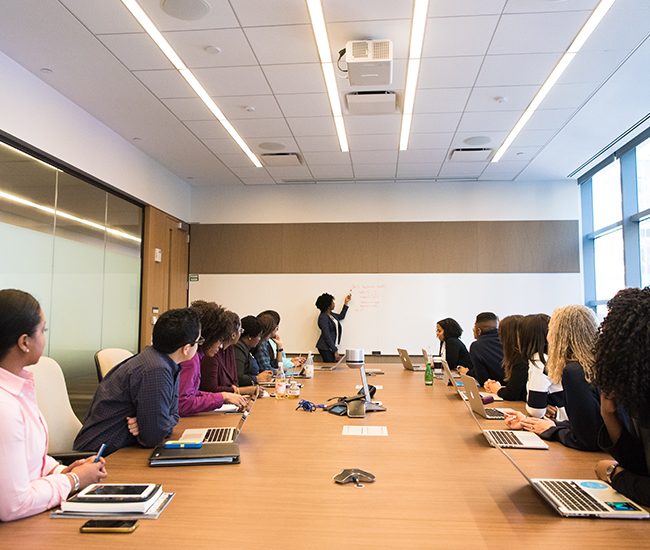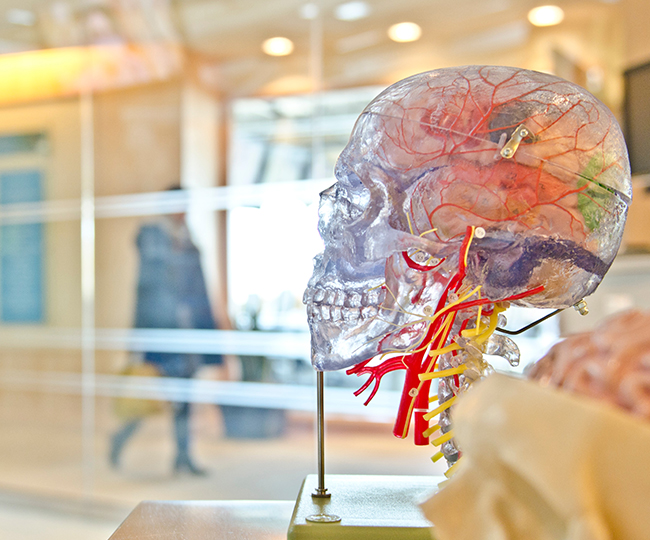Revised Constitution of June 1999 (incorporating amendments). July 2009, July 2015 & July 2019
Constitution

BSHNI
Name of Organisation
The British Society of Head and Neck Imaging (hereafter referred to as the Society)
Aims/Objectives
Head and Neck imaging defines the area from the skull base to the thoracic inlet. Its importance and complexity is increasing in response to developments that include advances in imaging (Magnetic Resonance Imaging, Computed Tomography and Radionuclides in particular), surgical techniques and organisation of surgical specialisation and service delivery (including cancer centres). Many radiologists undertake head and neck imaging in association with another substantial commitment (neuroradiology, cross-sectional imaging, general radiology etc) and this is likely to remain the case, at least in the UK for the foreseeable future. Imaging has become increasingly important to head and neck surgeons and it is envisaged that the optimal development of imaging services and relevant educational meetings will involve radiologists and surgeons. In 1997, interest groups or societies (usually affiliated to the Royal College of Radiologists) existed for most subspecialties of radiology, with the exception of head and neck radiology.
It was suggested that a head and neck imaging society be formed to perform the following broad functions:
1 Provide identity: To provide an identity for practitioners with an interest in head and neck imaging, to include radiologists (at any stage of training with an interest in head and neck radiology) and non-radiologists (surgeons, radiotherapists, etc)
2 Regular educational meetings: To provide an educational forum as part of specialist registrar training and post-accreditation continuing medical education. To provide a forum for informal and formal exposition of clinical and imaging advances in the field of head and neck radiology and for discussion of particular problems and techniques in this field.
3 Advisory body: As training and the organisation of radiology services evolve, the Royal College of Radiologists, the British Institute of Radiology and other bodies (including European organisations) require information and advice from informed representative bodies in all subspecialty areas. A properly constituted head and neck radiology society is likely to contribute significantly in this area.
4 Second opinion service: It has been suggested that the Society holds a list of names of individuals (with areas of special interest) willing to review images and venture an opinion on difficult cases.
5 Communication: The annual newsletter in the original constitution has been superseded by electronic communication methods and the Society, through the management committee, will disseminate important information to the membership using these methods. A website www.bshni.org.uk was established in 2007 and information about the Society and its proceedings is provided on this website. Publications such as the Royal College of Radiologists’ and the Royal Society of Medicine newsletters may also be used to provide such information.
Power
The Society requires the payment of a nominal membership fee by all approved members, currently a single “lifetime” fee. Should finances dictate at any time then this might need to become an annual payment.
The Society will work in partnership with any relevant other organisations, including the Royal College of Radiologists and other Head & Neck Radiology Societies (European, American, etc), at the request of both those organisations and this Society. The Society will encourage its members to participate in research relevant to the field of Head & Neck Radiology by making them aware of such activity, particularly where multicentre participation is required. At the request of the researchers the Society will also keep the membership up-to-date with progress and any findings. The Society will carry out anything else within the law necessary to achieve its objectives.
Membership
The Society would aim to be inclusive with membership open to all with an interest in head and neck imaging, likely to be predominantly radiologists and surgeons. There is no limit to the number of members and membership is lifelong.
Application of membership does not require recommendation from a current member as Amended at AGM 2011. Previously recommendation from one current member of the Society was required.
Approval would only be withheld under the most remarkable circumstances. Removal of an individual from the Society is also extremely unlikely, but should this need to be considered a panel including the management committee and the individual would be convened to resolve the matter.
Full Membership: Consultant Radiologists and post FRCR (or equivalent) trainees who have an active interest in Head and Neck Imaging and practising in the UK. Full members entitlements include voting rights and to have the opportunity to be an elected member of the BSHNI Council and/or Sub-Committees.
Management Committee
The management committee will comprise the honorary officers as specified in (6).
When occasionally required, other members of the Society may be coopted by the committee for their particular abilities.

Officers
A Secretary is required to hold the membership list and communicate with the membership, including the circulation of minutes. The term of office will be two years which may be renewed more than once.
A Chairman is required to undertake the responsibility for the organisation of meetings and to act as a point of reference and advice for other bodies (e.g.Royal College of Radiologists, etc).
The term of office will be for two years. A Vice-Chairman is required to support the Chairman, especially in the above roles, and function as the chairman elect for two years following which there is automatic progression to become Chairman.
A Treasurer was added as an honorary officer and member of the management committee at the AGM of July 2006 and is required to keep accounts of the Society’s finances and where necessary seek approval for expenditure from the rest of the management committee. An external auditor should review these accounts annually.
The term of office will be for two years which may be renewed more than once. The number of terms of office that each officer can hold was clarified at the AGM of June 2001. Officers should be elected at the AGM.
Amendment to Constitution 2015
“Two members at large were added as management committee posts at the AGM of July 2015. One member at large is primarily responsible for the organisation of the BSHNI refresher course. One member at large is primarily responsible for design and development of the BSHNI website.”
Amendment to Constitution 2016
‘To change the post of Chairman and Vice Chairman into President and Vice President respectively. Also past Chairmen will be able to use the title Past President’.
Meetings
Initially a yearly, one day meeting would be organised at the Royal Society of Medicine. The bulk of the meeting would be educational but a brief business section and AGM would be included.
If there was sufficient interest more than one meeting a year could be held and different formats and/or venues would be considered.
At the time of this revision, the annual meeting has increased to 2 days,remains at the Royal Society of Medicine, and now includes lectures fromoverseas speakers and presentations from trainees.
Quorum
A quorum is defined as ten or more members.
Finance
Funding
Currently it is envisaged that meetings would be self-funding. Administrative and other costs should remain small and any membership fee should be minimal.
Established allied societies with surplus funds might be amenable to offering support. The Society’s funds will be kept in a bank account in the name of The British Society of Head & Neck Imaging.
One of two designated signatories, including the Treasurer, is required for the issue of a cheque. Payment to a member for time and services relevant to the Society’s activities will be considered by the management committee in exceptional circumstances on an individual basis.
Amendments to the Constitution
Any changes to the constitution will be debated at the AGM. A quorum of members as a minimum must be present and a majority of two thirds or more will be required to amend the constitution.
Should matters arise that necessitate a Special General Meeting, then the Society’s members will be given at least 4 weeks’ notice of such a meeting and told what matters have led to the meeting being arranged.